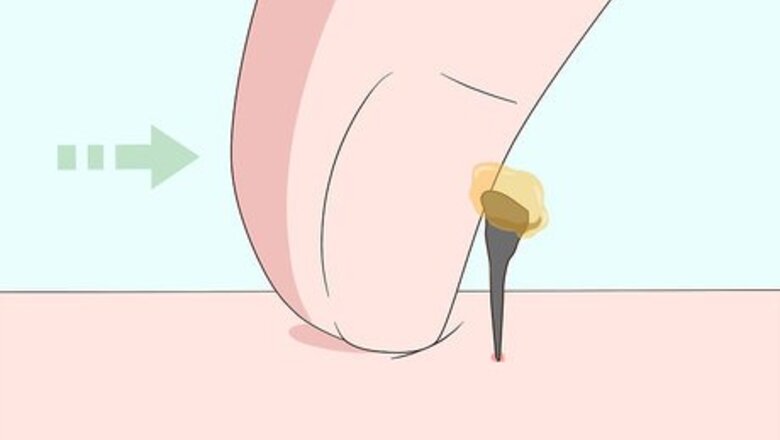
views
Treating Your Sting With Home Remedies

Remove the stinger as quickly as possible. The stinger is where the venom is coming from, so removing it as fast as you can stop the pain from getting worse. Scrape over the sting area with gauze, or your fingernail, to safely remove the stinger. To find the stinger look for a small black dot in the affected area. Do not use tweezers to remove the stinger. Tweezers will squeeze the stinger forcing more venom to be released.
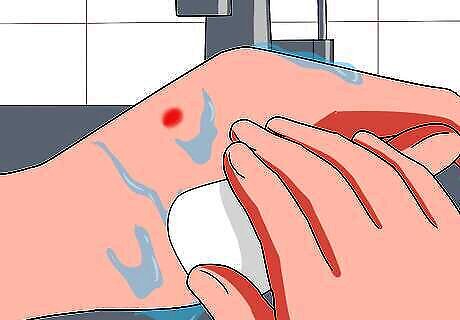
Wash the area of the sting thoroughly to reduce the chances of infection. Cleaning the affected area with soap and water will help prevent an infection from forming. Rinse it thoroughly, washing away any dirt or sweat in the area of the sting. Be sure to rinse off any residual soap left behind. Do not pop any blisters that form after the sting. Popping them will only help to spread infection.
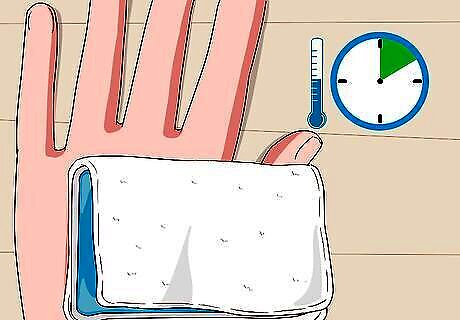
Apply a cold compress immediately after washing the area to fight swelling. Use an ice pack or take a few ice cubes in a Ziploc bag, wrapped in cloth. Applying a cold compress will help reduce swelling. Keep the cold compress on the area for 10 minutes every 1-2 hours as needed. Keep the sting elevated if it’s on a leg or arm to reduce swelling. Don’t hold a cold compress against your skin for longer than 10 minutes since it could cause tissue damage.

Use aloe vera if irritation persists. Aloe vera is a soothing plant-based substance that is used regularly as a natural anti-inflammatory to reduce swelling. Apply a little of the gel (or lotion) to the affected area. Only do this after cleaning off any residual soap left after washing. Do not scratch the affected area before it is healed. Scratching will worsen the swelling and give you a higher chance of infection.
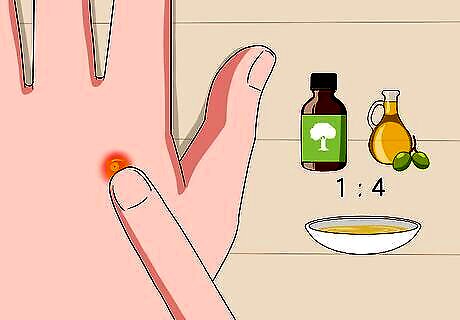
Utilize essential oils if readily available. Some essential oils are often used in home remedies and can help with the swelling and irritation of a bee sting. You must mix the essential oil with a carrier oil (such as olive oil) before applying to your skin. Common essential oils are tea tree, witch hazel, lavender, thyme, and rosemary oil. The ratio of essential oil to carrier oil should be one drop of essential for every four drops of carrier oil. Keep in mind any additional allergies when using essential oils.
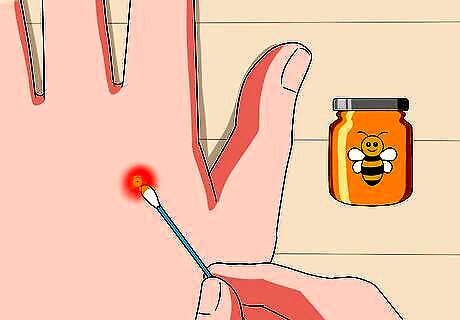
Spread honey on the sting. This solution can be used in a bind if you have nothing else at the moment. Honey contains a compound that is used to fight inflammation, bringing down any swelling. Its natural antibacterial agents can speed up the healing process and stop the spread of infection. Only apply honey to the sting area once inside and safely away from any bees. Honey can often attract more of them.
Using Medical Treatment
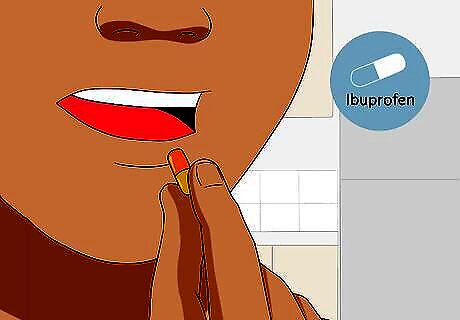
Take pain relief tablets to ease discomfort. OTC painkillers are a simple and effective way of managing the swelling of a bee sting. They’re common items found in any pharmacy or convenience store. Consult the directions for the recommended dose. Basic pain relievers to look for: Ibuprofen, Children’s Motrin, Motrin IB, or acetaminophen.
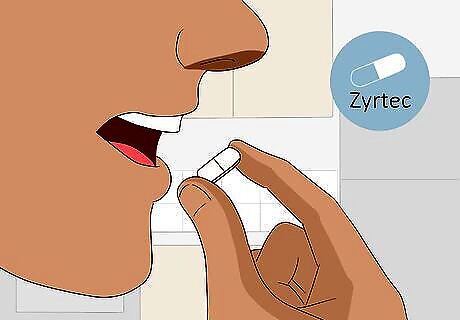
Take an oral antihistamine to reduce itching and swelling. A non-prescription non-sedating antihistamine, such as Zyrtec, can effectively treat swelling and irritation. This the more common form of OTC treatment used against allergic reactions. Look for an antihistamine that contains Chlorpheniramine or Diphenhydramine. You can also try 25-50 mg of Benadryl, but it may make you sleepy.
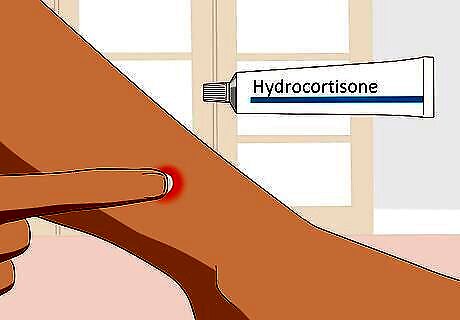
Apply topical ointments to soothe itching. Hydrocortisone cream or calamine lotion is highly effective, and regularly used for reducing swelling, itching, and irritation. Consult the container for application directions. Once applied, be sure to not contaminate the ointment with anything else. Otherwise, you’ll need to rinse it off and re-apply.

Use an EpiPen for severe allergic reactions. An epinephrine auto-injector is a treatment that must be prescribed by a doctor or allergist. Each individual prescribed an EpiPen is taught how to use it during an allergic reaction. If their reaction has made them unable to use the EpiPen on themselves someone needs to do it for them. To do so, you need to remove the blue safety cap and place the orange tip in the middle of the outer thigh. Swing and push the pen into the thigh until it clicks. Hold it in place for 3 full seconds. Always call 911 after using an EpiPen, even if the individual is feeling better. This is to be used in severe cases when symptoms are aggressive. Epinephrine is a chemical that increases the flow of oxygen to the lungs signaling the pumping of more blood, which allows the muscles to relax. An EpiPen is only needed if the individual develops anaphylaxis from their allergy to bees. Teach friends and family how to use an EpiPen in case of emergency. If you have severe reactions to insect bites, consider wearing a MedicAlert bracelet so first responders know about your allergy.











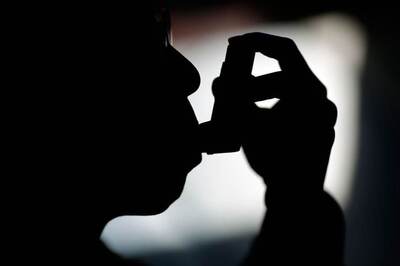








Comments
0 comment